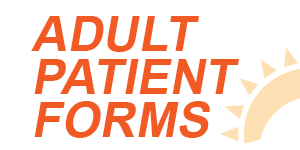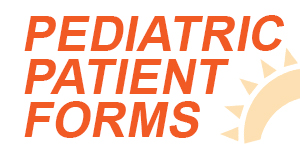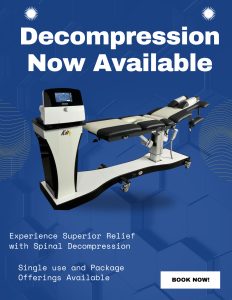There are a ton of different treatments out there that all promise to provide relief for common conditions. But when it comes to orthopedic conditions, such as tight muscles, joint pain, and similar issues, how can you possibly parse through the thousands of available treatments out in the market?
While we can’t provide information on every treatment option available for your orthopedic condition, we can provide an overview of a very popular and relatively new modality: dry needling.
Dry Needling Explained
Dry needling is an exciting new treatment technique. However, even though it’s fair to say that dry needling is new, this treatment is very similar to an ancient modality that was developed in Asia thousands of years ago: acupuncture.
Acupuncture and dry needling both involve the use of small, flexible needles which are inserted into the skin and muscles throughout the body. The main difference between these two treatment options lies in the goals of each. For instance, acupuncture is intended to improve “energy flow” by targeting areas known as “meridians” throughout the body.
Conversely, dry needling is used with the goal of loosening up tight muscles and tissues by simulating said areas locally. Dry needling clinicians use the same tiny needles used during acupuncture treatments.
Who Can Perform Dry Needling?
Interestingly, medical procedures are usually controlled by state law. Therefore, many different treatments which can be performed in one state, may not be legal in another state. Therefore, if you’re having trouble finding a dry needling practitioner, it may be because it’s not yet legal in your area.
Chiropractors, physical therapists, and doctors are some of the main practitioners who can perform dry needling around the country. These professionals will often use the treatment in conjunction with other treatments in order to decrease patients’ pain and improve their function.
What Conditions Can Chiropractic Care Help Resolve?
There are tons of patients who can benefit from dry needling. Below, you’ll find some of the top conditions which respond well to dry needling. Of course, your individual results may vary.
Plantar Fasciitis
Foot pain affects many people every year. One of the most common foot conditions is plantar fasciitis. This troublesome issue causes pain and stiffness on the bottom surface of the foot, across the plantar fascia.
Dry needling can help to loosen up the plantar fascia, leading to less pain and discomfort while walking and standing.
Headaches
There are hundreds of different types of headaches described in the literature. Therefore, dry needling will not be effective for every different type of headache. However, this treatment option can improve symptoms for tons of different varieties of headaches.
Many headaches are caused by tight muscles in the neck and the back of the skull. By targeting these areas and releasing tension in said muscles through dry needling, many patients report decreased headache frequency and intensity.
Back Pain
Back pain (and pain throughout the entire spine) has been plaguing the world for time immemorial. There are many effective treatments for back pain, such as exercise and chiropractic manipulations. Interestingly, dry needling also appears to work well for this condition.
Much like headaches, there are many different types of back pain that can be caused by a variety of issues. Dry needling can help to relieve muscle and fascial tension in the back, which generally improves outcomes for these patients.
Are you interested in investigating dry needling for your health needs? Our team at Awaken Chiropractic, your Parker chiropractors, are here to help! Book your first appointment with us now to see what dry needling and chiropractic care can do for you.







